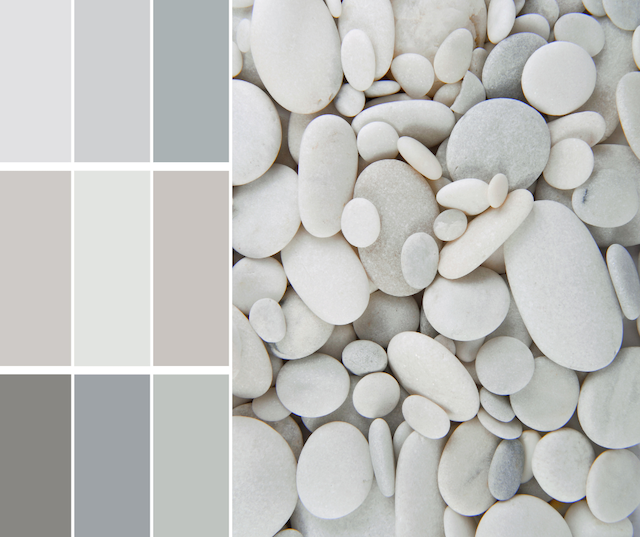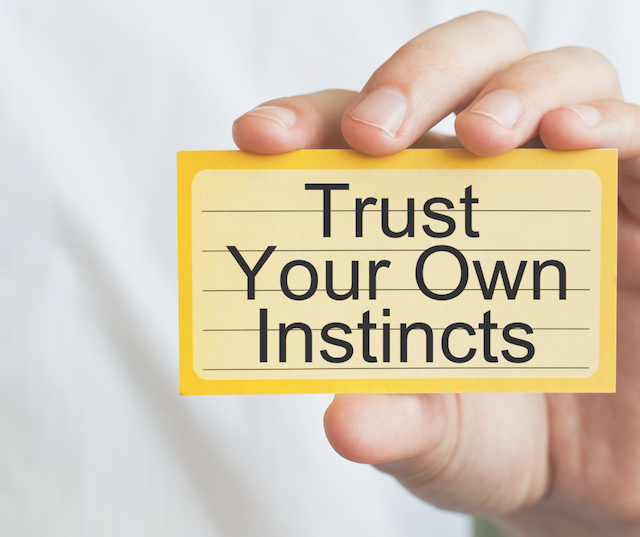
So, you’ve decided your space needs a fresh look, what now? Sometimes Planning a Room Re-Design can feel exciting initially, then reality sinks in. There are so many things that go into creating a cohesive design. You may have questions in your head that you aren’t sure how to answer, like what style to go with, what colors should you choose, all new furniture or use the existing pieces, and really where to start!
Whether you have an empty canvas to work with, or are re-designing an already furnished room, here is a simple easy to follow guide to creating an organized, intentional design for your space. Having a clear plan before you jump into the implementation will help you save time, money, and you’ll have fewer regrets.

Honing your Aesthetic
What if you have no idea what your style is? Do you feel like your style is no style? I recommend to anyone embarking on a design project to take the time searching for inspiration images before they invest one penny. Inspiration can be found everywhere. Try thumbing through magazines, or spend some time searching the internet. There are so many ideas on Pinterest, Houzz, HGTV, Instagram, or Facebook. A simple search for ‘Farmhouse living room’, or ‘Log Cabin inspo images’, or ‘minimalist bedroom’ will give you loads of images to like or discard. Looking through as many images as you can will help refine your vision and narrow down the style you gravitate towards.
Pinterest and Houzz make it easy to collect ideas. When you spend time ‘pinning’ and honing your likes, your design aesthetic will present itself to you. Once you’ve gathered a bunch of ideas, walk away for a day or two and then go back through your pins. Weed out any images that don’t excite you and you will be left with images that are surprisingly similar and follow a design style. Don’t be surprised if you discover you’ve saved the same image multiple times. This is how you discover your aesthetic.

Work on a Color Palette
Once you’ve discovered your aesthetic, the next step is to choose a paint color palette. The inspiration images you’ve pinned will be a good starting point. I always recommend sticking with the 60-30-10 rule; your main color should be 60% of the space. Keep in mind, a neutral color should be the main color and act as a clean canvas for the design. Beginning with a neutral base allows you to have a bit more fun with accent colors. It’s so much easier to swap out a bold piece of art you grow tired of than it is to change an entire wall color.
The color you select as your 30% is one you can incorporate into your soft furnishings. Think of a colorful couch set, or bedding, or a cool area rug. The last 10% should be the little bits of color that pull the space together. Your 10% color can be a fun seasonal color, or pillows that keep the space feeling on trend. This ideally will be a color that is to swap out. If color makes you a little nervous, consider checking out the options here. A ready-made color palette is easy to purchase and they are designed to go together, no matter which combination in the palette you chose. The goal with color is to make you smile when you walk in a space.

The Lighting Plan
Lighting can be a hard one for a lot of people. A great tip I like to share is to build a separate idea board with all the fixtures that pique your interest. DO the same thing with this as you do with your design aesthetic boards. If you have gathered quite a few images, then walk away for a few days. When you look at your inspiration images again, cull the ones you just don’t love as much. Then focus on the style of fixture that seems to be repeated the most. This is your jumping off point.
If you do a quick search based on one or two fixtures you really like, you will see many different coordinating fixtures in the same style come up. It’s important to remember that if you love black metal, the fixtures in each space will be more cohesive if they all have a similar black metal design. If you love gold and glass, consider selecting fixtures with the similar ratios of gold and glass. Shapes of fixtures don’t matter nearly as much as keeping the materials and style similar. Keep in mind that one-size does not fit all spaces. Check out this guide offering proper sizing and hanging heights for your fixtures.

Selecting Your Furnishings
It is super important to measure each space for your large furnishings. I can’t stress that enough! I’ve been in many homes where the sectional sofa blocks the natural flow of traffic or is completely out of scale to the space. It doesn’t feel or look good if the dining table and chairs are crammed into a space that is too small. Placing furniture that isn’t to scale with the space can create a claustrophobic feeling, or it can make pieces look like tiny doll furniture.
When you are planning your space, imagine the room divided into four equal parts. Each area should have the same weight of furnishings, this can be physical, visual, or both. Whatever you do, don’t cram everything to one side of the room and leave the other side empty. If you are working with a small space, consider balancing the room with an interesting fun accent wall, or a piece of large art rather than add another piece of furniture. Visually balancing a space is important when designing a room. The goal is to create a balanced, cohesive design.
When placing accessories in a space, consider what story you want to tell. Collections from travels, books you love, framed photos, and knick-knacks all build your personality into the design. It’s not unheard of to design a space around a textile you’ve fallen in love with, or a piece of art you adore, or a piece of furniture you inherited. Inspiration for design can come from the most interesting places and this is what turns a house into a home.
Feel overwhelmed? I can help! Check out my design and E-Design options here.

Art Choices
Art is like jewelry that adds the finishing touch to an outfit. So, don’t neglect art when Planning a Room Re-design. If you haven’t spent much time thinking about art before, it can feel a bit overwhelming. Will it make you feel better knowing that everyone’s taste in art is based entirely on the individual? And, you don’t actually have to explain your preferences to anyone. When in doubt, a neutral abstract canvas is a safe place to start. You could also a bit bolder and introduce a piece with more color. Just keep in mind our preferred 60-30-10 rule. Art subjects don’t have to match, but the colors in each piece should tell a color story and display a bit of coordination.
A great way to take your first step in the art world is to check out what artists in your area have to offer. It’s always fun to share with visitors to your home that you support a local artist. This is also a great way to support your community. Who knows, you may turn into a sophisticated patron of the arts.

Go With Your Gut
I am a big believer in gathering all the information possible so that I can make a more informed decision. But… don’t let anyone talk you into something, or out of something that just doesn’t feel right with your gut or your vision. If it feels good to you, do it. If it feels a little off, let the idea go. Whatever you do, don’t feel obligated to go along with something that doesn’t resonate. When it’s all said and done, it’s your space, and you should 100% love where you live!
As always, if, even with this guide, Planning a Room Re-Design seems a bit beyond your scope and comfort zone, don’t be afraid to hire out! There are many designers in every city with different specialties and different price points that would love to designing a space. E-design is another great option to try. An E-designer will curate a design and provide you with the links to do the shopping. As with E-design, many designers will present your design in a way that allows you to phase your project as your budget allows.
For more personalized help, reach out! A discovery call is always free. I would be thrilled to be part of your re-design story.
Enjoy!


